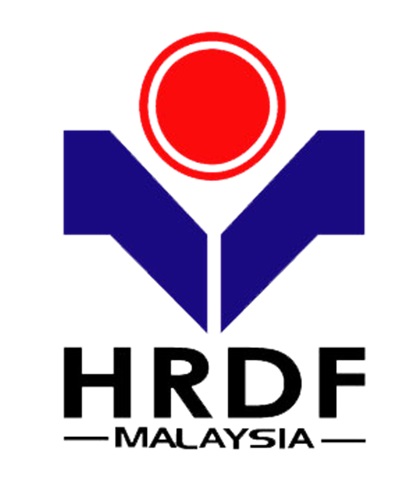The training content were well presented and suitable for various profession, from technical to non technical.
The training material helped me to have a better understanding on IoT from various angles, including technical and business.
From the course, I realized that the IoT products can only be a successful if it can satisfy customer needs, even from a very simple technology application. I recommend this course to technical and non technical person since it can help us to plan and to ensure that the development of IoT products are valuable.
Dr. Norharyati Harum, Ph.D
Senior Lecturer,
Dept of System and Computer Communication
Fakulty of Information and Communication Technology
Universiti Teknikal Malaysia Melaka






